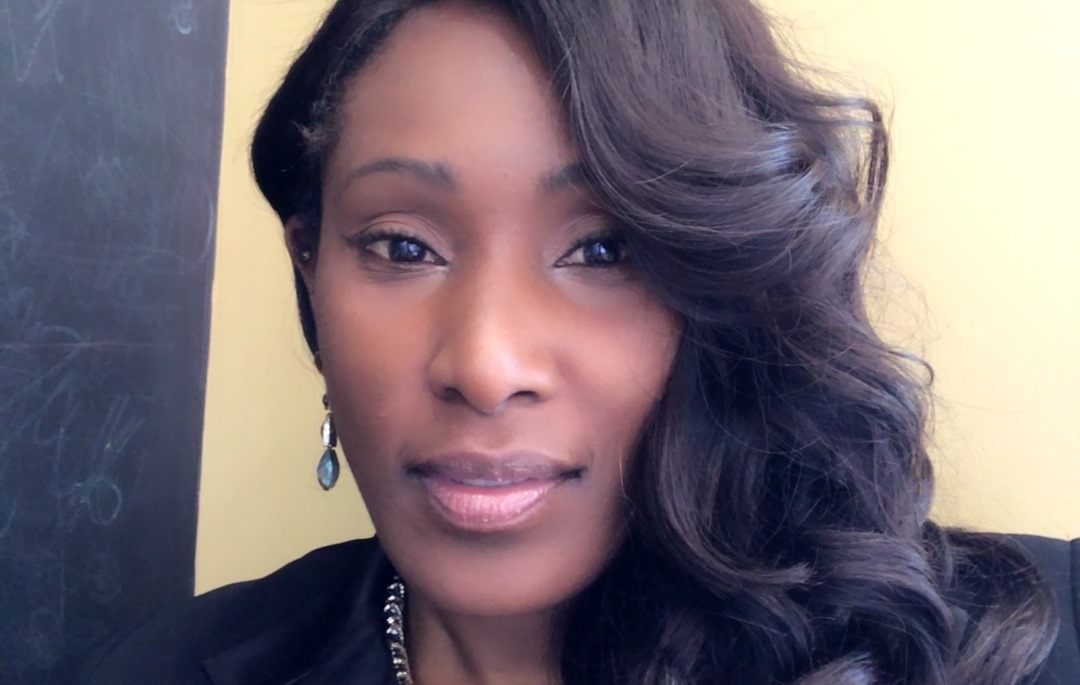
By Diahann JohnBaptiste, MPA, MS, LAPC, NCC
Stigma is defined situations in which an individual is discredited, disqualified, or alienated from full social acceptance. To the majority, stigmatized groups are considered to be flawed (Goffman, 1963).
Stigma is generated by three discrediting conditions:
- Abominations of the body:which are physical conditions or ailments that cause stigmatized individuals to be treated poorly due to their deformity or illness. For instance, individuals with physical handicaps are limited to certain types of occupations because of the misconception of their ability to function. Obvious mobility limitations will disqualify individuals from occupying certain jobs, but their knowledge, skills, training, and desire to work does not become obsolete because of a physical disability.
- Tribal identity: is the social coupling of groups of people. These social groups are representations of individuals’ culture, birthrights, race, or ethnic identity. Examples of tribal identity includes (but is not limited to) racial groups, ethnic groups, or religious groups. Individuals in a particular racial or ethnic group may experience stigma because of their commitments to their groups, and dissociation with other cultures and environments.
- Blemishes of individual character:represents moral weaknesses such as drug addiction, criminal conviction/activities/arrests, homosexuality, and mental illness to name a few. Society will place individuals who have made mistakes (and their mistakes have become public knowledge) into a land of rejection. This stigmatized group is considered to be of poor moral character, and are often ostracized from society. They are disenfranchised and barred from participating in activities like voting, and having gainful employment.
People hold different beliefs about stigma, but overall it is harmful. Stigma can lead to discrimination, and its characteristics are not mutually exclusive. For example, an individual who is sympathetic to persons with physical disabilities, but alienates a group of people based on religious, ethic, or racial identity is operating in a harmful manner even if it is subtle. Stigmatization rejects individuals who are different. The question is, how can someone develop healthy coping skills after being stigmatized? If you have been impacted by stigma, the Mayo Clinic offers the following advice in dealing with stigma associated with having a mental health issue (you may visit the Mayo Clinic website at http://www.mayoclinic.org/diseases-conditions/mental-illness/in-depth/mental-health/art-20046477 for me information):
- Get treatment. You may be reluctant to admit you need treatment. Don’t let the fear of being labeled with a mental illness prevent you from seeking help. Treatment can provide relief by identifying what’s wrong and reducing symptoms that interfere with your work and personal life.
- Don’t let stigma create self-doubt and shame. Stigma doesn’t just come from others. You may mistakenly believe that your condition is a sign of personal weakness or that you should be able to control it without help. Seeking psychological counseling, educating yourself about your condition and connecting with others with mental illness can help you gain self-esteem and overcome destructive self-judgment.
- Don’t isolate yourself. If you have a mental illness, you may be reluctant to tell anyone about it. Your family, friends, clergy or members of your community can offer you support if they know about your mental illness. Reach out to people you trust for the compassion, support and understanding you need.
- Don’t equate yourself with your illness. You are not an illness. So instead of saying “I’m bipolar,” say “I have bipolar disorder.” Instead of calling yourself “a schizophrenic,” say “I have schizophrenia.”
- Join a support group. Some local and national groups, such as the National Alliance on Mental Illness (NAMI), offer local programs and Internet resources that help reduce stigma by educating people with mental illness, their families and the general public. Some state and federal agencies and programs, such as those that focus on vocational rehabilitation or the Department of Veterans Affairs (VA), offer support for people with mental health conditions.
- Get help at school. If you or your child has a mental illness that affects learning, find out what plans and programs might help. Discrimination against students because of a mental health condition is against the law, and educators at primary, secondary and college levels are required to accommodate students as best they can. Talk to teachers, professors or administrators about the best approach and resources. If a teacher doesn’t know about a student’s disability, it can lead to discrimination, barriers to learning and poor grades.
- Speak out against stigma. Consider expressing your opinions at events, in letters to the editor or on the Internet. It can help instill courage in others facing similar challenges and educate the public about mental illness.
Additionally here are six approaches to stigma reduction based on reading from Florez et al. Can J Psychiatry 2012:
| Strategy | Mechanism | Targets | Desired outcome |
| 1. Education | Replace myths & misinformation with accurate info. | General public & selected subgroups | Improved knowledge, improved mental health literacy, better recognition of symptoms, early help-seeking. |
| 2. Protest | Formal (written) objection to negative representations | Opinion leaders or stigmatizers (journalists, politicians, manufactures) | Suppress negative attitudes; remove negative representations & content. |
| 3. Contact-based Education | Contact with individuals recovering from mental illness, including Q & A, & active discussion | General public or selected subgroups (high school or university students) | Reduce stereotypes, improve attitudes, reduce desire for social distance |
| 4. Legislative reform | Development and enactment of protective legislations | Legal system; legislators | Improved protection for rights and freedoms; improved access to social entitlements; reduced social inequalities. |
| 5. Advocacy | Use of multiple approaches to increase priority of mental health on agendas of decision-makers | Politicians and decision-makers | Greater policy recognition; improved services; reduced social inequalities; improved avenues of redress. |
| 6. Stigma self-management | Peer-supported self-learning; recovery-oriented supports and services | People who have a mental illness or have family members with mental illnesses | Reduced personal impact of stigmatization; reduced self-stigma; improved self-esteem; empowerment. |
Resources:
Arboleda-Flórez, J., & Stuart, H. (2012). From sin to science: fighting the stigmatization of mental illnesses. The Canadian Journal of Psychiatry,57(8), 457-463.
Goffman, E. (1963). Behavior in public place. Glencoe: the free press, New York.
Mental illness. (n.d.). Retrieved August 10, 2016, from http://www.mayoclinic.org/diseases-conditions/mental-illness/in-depth/mental-health/art-20046477
Diahann, a licensed Minister and Clinical Mental Health Therapist lives in Atlanta










